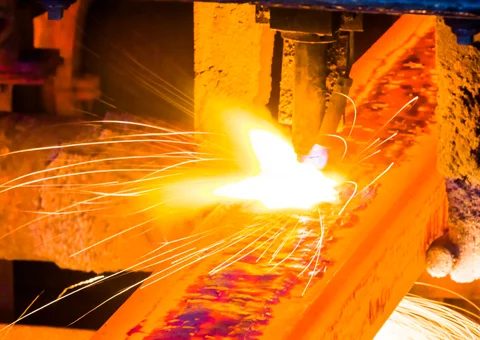US copper prices are not fully pricing in the tariffs imposed by Washington, analysts at Bank of America argue.
Earlier this month, Washington announced that copper imports into the US will be subject to a 50% tariff from 1 August citing national security concerns, Kallanish notes. However, CME prices only capture a mark-up of roughly 25% for now, according to BofA.
Analysts reckon this is due to a series of factors: the incentive for buyers to pay up for the duties is limited at present, as they have not been implemented yet, while the US has built around 600,000 tonnes of copper stocks in anticipation of the tariffs, which is now an overhang.
Details have yet to be released, but the measure may include a clause that non-US manufacturers are subject to tariffs on the value of their copper content, mirroring levies applied to steel and aluminium imports. This would indicate that US producers are currently at a disadvantage and would limit the incentive for now to increase copper purchases, the analysts say.
“As the US is short copper, this means CME prices will ultimately have to price in the full duties once inventories start falling,” they add. Currently, CME copper futures are trading at $5.7/pound, equivalent to $12,566/t, compared to an LME three-month closing price of $9,877/t.
Even though the US appears to be self-sufficient, it lacks the processing capacity to utilise domestic resources, meaning it has been a net exporter of copper units in the past decade, with concentrate and scrap outflows roughly matching refined material inflows. These exports are expected to increase, according to BofA, as the mine project pipeline continues to expand.
“Concentrates production has become the mainstay and this is where the lack of processing capacity matters: mine supply is often just beneficiated at the minesite, i.e. the ore is upgraded from content of usually less than 1% to 30%, with the material then normally processed by off-site smelters and refiners,” the analysts comment.
“The US production profile will likely become even more skewed to concentrates going forward. Therefore, just signing off new mines would not make the US more self-sufficient. The country likely also needs to increase downstream processing capacity,” they conclude.
Source:Kallanish

